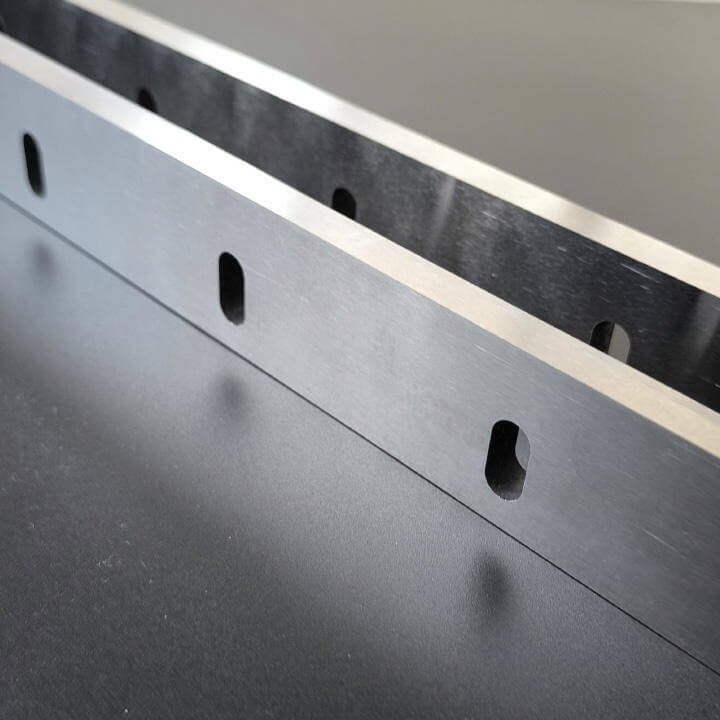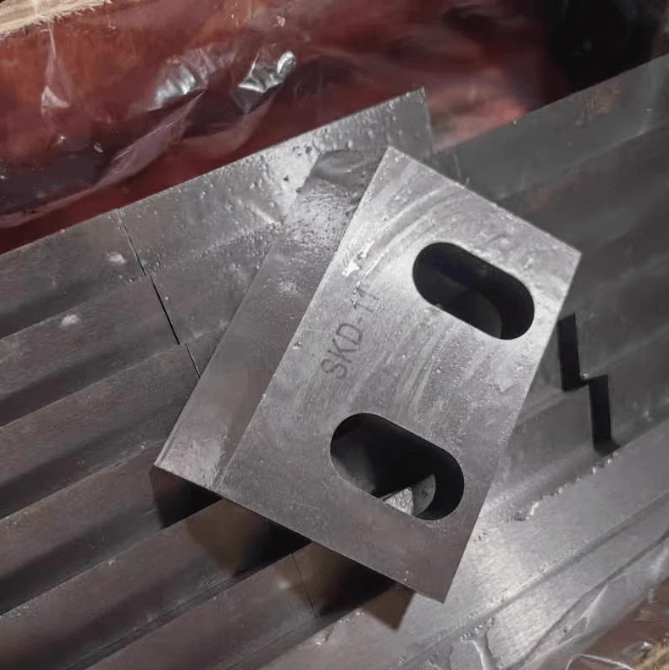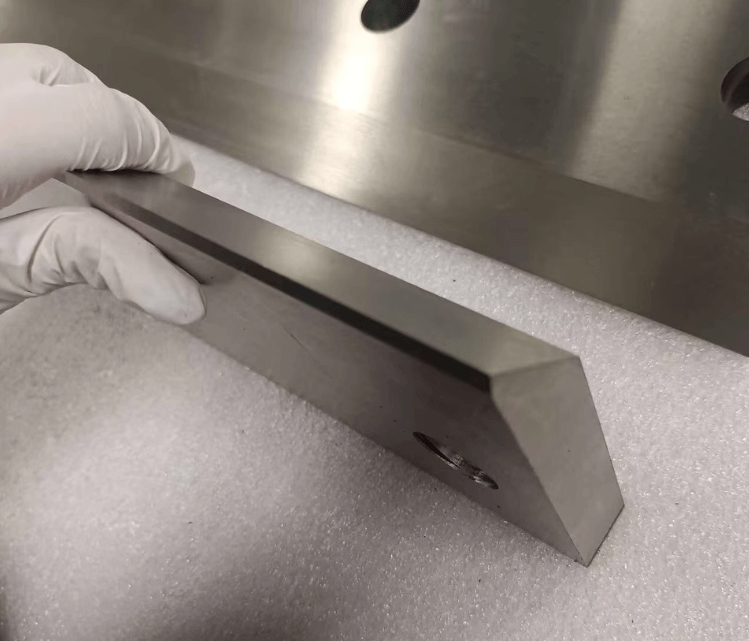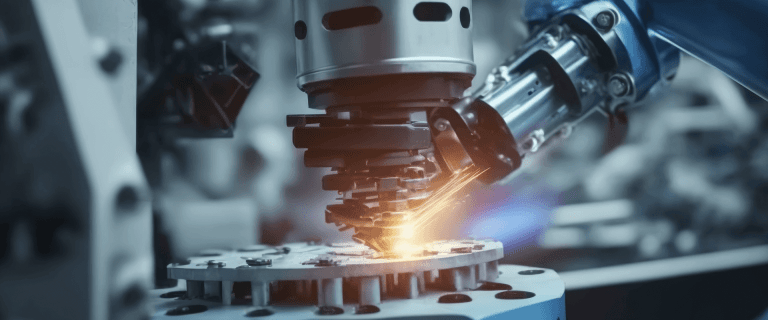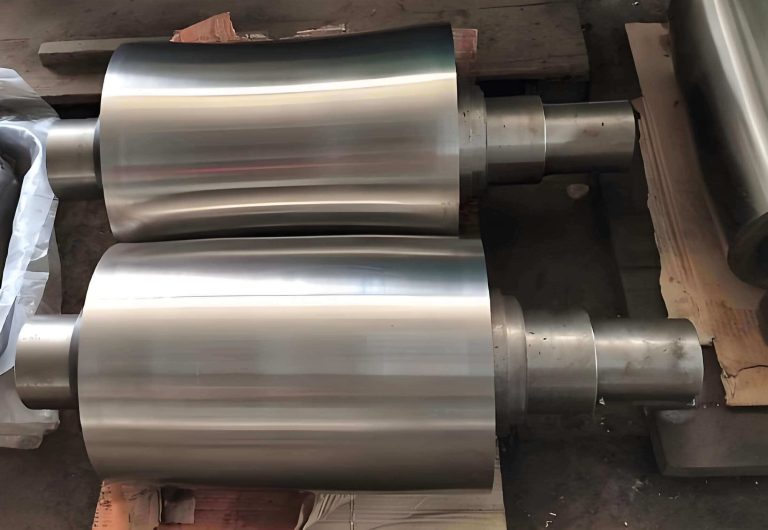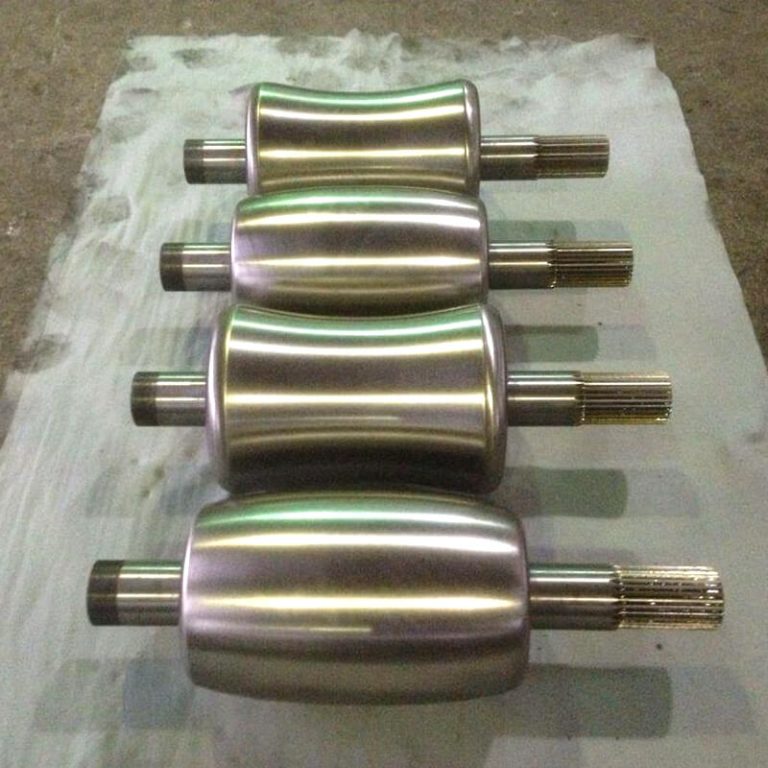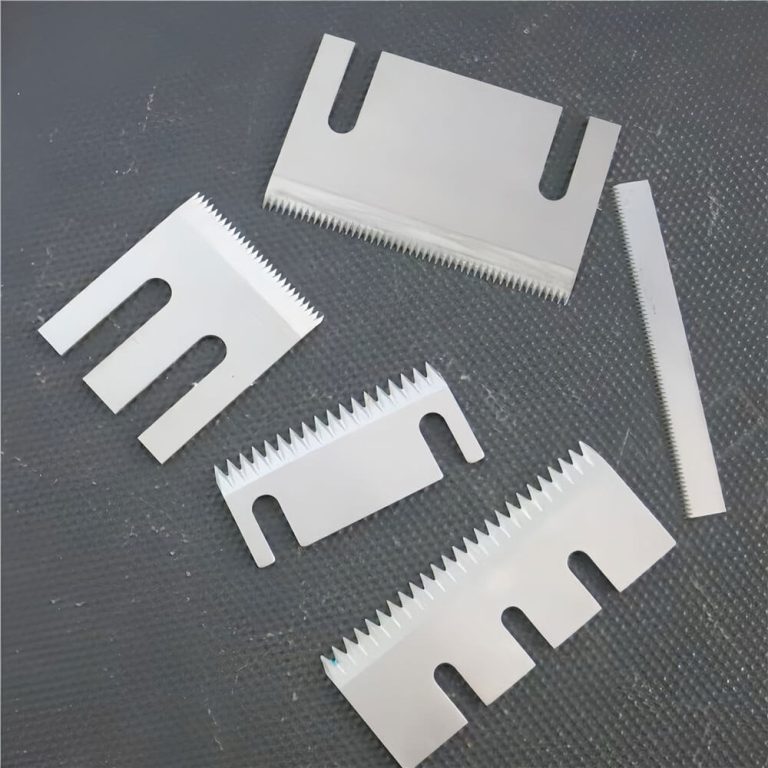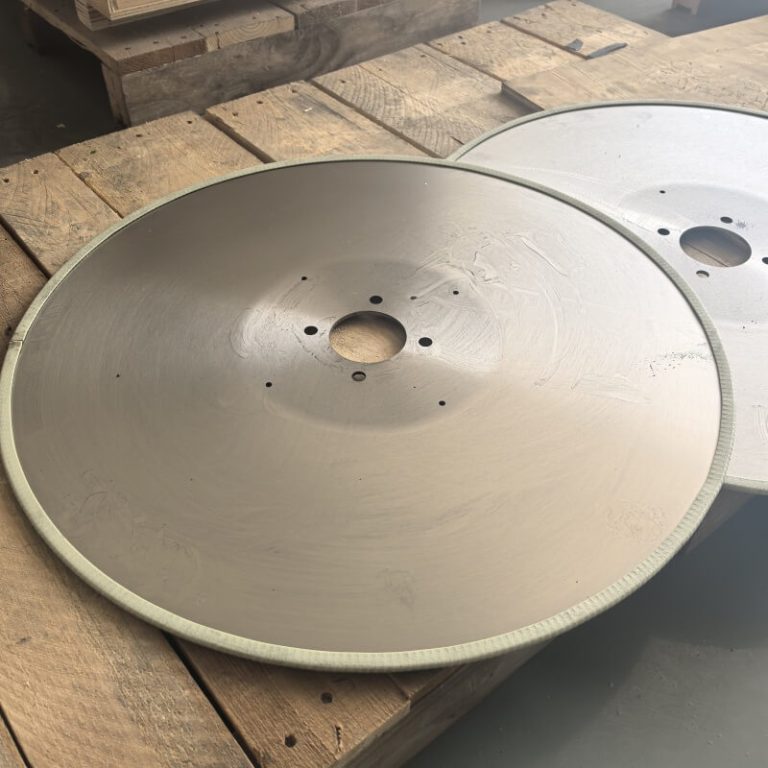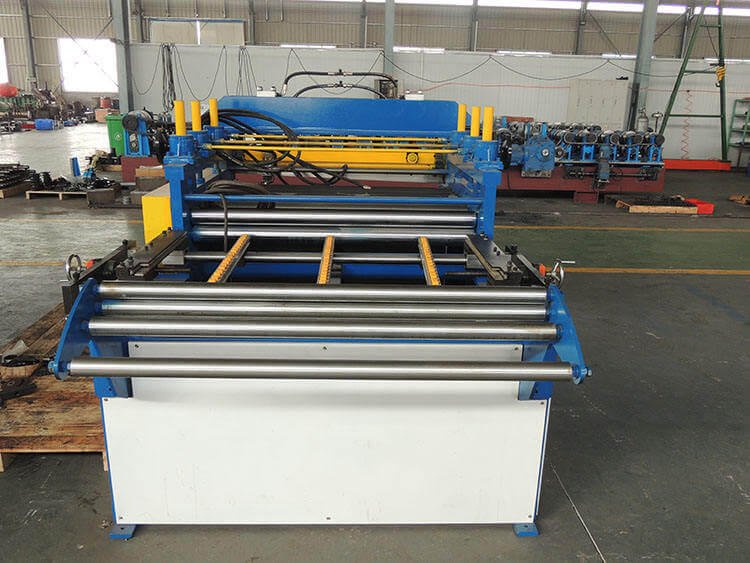How to Choose the Best Shearing Blade?
Shearing blades are critical components in industries ranging from metal fabrication and textile manufacturing to agriculture and recycling. The right blade ensures precision, efficiency, and longevity, while the wrong choice can lead to increased downtime, poor cuts, and higher costs. This guide outlines the key factors to consider when selecting the best shearing blade for your application.
1. Understand Your Application Requirements
Before evaluating blade options, clarify your operational needs:
• Material Type: Are you cutting metal (e.g., stainless steel, aluminum), fabric, plastic, or organic materials like wool or hay?
• Thickness/Density: The material’s gauge or density determines the blade’s hardness and edge geometry.
• Cutting Frequency: High-volume operations require blades with superior wear resistance.
• Environmental Factors: Exposure to moisture, chemicals, or extreme temperatures may necessitate corrosion-resistant coatings.
Example: A metal fabricator cutting thick steel plates will need a blade with high hardness and durability, while a textile mill processing delicate fabrics requires a sharper, finer-edged blade.
2. Prioritize Blade Material and Hardness
The blade’s composition directly impacts its performance and lifespan:
• High-Carbon Steel: Affordable and versatile, suitable for general-purpose cutting. However, it may lack durability in high-stress applications.
• Tool Steel (e.g., D2, H13): Offers a balance of hardness and toughness, ideal for moderate to heavy-duty shearing.
• Tungsten Carbide: Ultra-hard and wear-resistant, perfect for abrasive materials but brittle under impact.
• Ceramic/Composite Blades: Used in specialized applications (e.g., food processing) for their non-reactive properties and sharpness.
Hardness Scale: Measured in Rockwell C (HRC), higher numbers (e.g., 60–65 HRC) indicate harder blades. However, excessive hardness may reduce toughness, increasing the risk of chipping.
3. Evaluate Edge Geometry and Coatings
The blade’s edge design and coatings enhance cutting efficiency:
• Edge Angle: A sharper angle (e.g., 20–25°) suits soft materials, while a steeper angle (e.g., 30–35°) is better for tough metals.
• Titanium Nitride (TiN): Improves hardness and reduces friction.
• Chrome/Nickel Plating: Enhances corrosion resistance.
• Ceramic Coatings: Ideal for high-temperature applications.
Pro Tip: For materials prone to sticking (e.g., adhesives, resins), opt for non-stick coatings like PTFE.
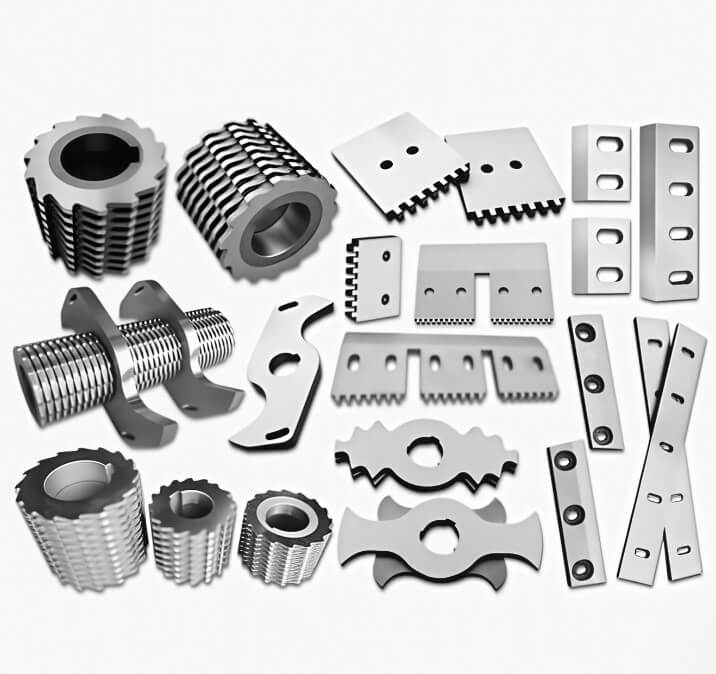
4. Consider Blade Maintenance and Regrinding
• Regrindability: High-quality blades can be resharpened multiple times, extending their lifespan.
• Ease of Maintenance: Blades with self-lubricating properties or rust-resistant coatings reduce downtime.
• Replacement Costs: Balance upfront costs with long-term durability. For example, a premium carbide blade may cost more initially but save money in the long run due to fewer replacements.
5. Assess Manufacturer Reputation and Support
• Quality Control: Reputable manufacturers adhere to strict standards (e.g., ISO 9001) and use advanced heat-treating processes.
• Customization: Leading suppliers offer custom blades tailored to your machinery and specifications.
• After-Sales Support: Look for providers who offer technical guidance, blade analysis, and warranty programs.
6. Test and Validate Before Bulk Purchase
• Pilot Testing: Request samples to evaluate performance in your actual operating conditions.
• Key Metrics to Track:
• Cut quality (edge finish, burrs).
• Blade wear rate.
• Energy consumption during cutting.
• Noise and vibration levels.
7. Budget Wisely: Cost vs. Value
While price is a factor, prioritizetotal cost of ownership (TCO). A slightly more expensive blade with superior durability and efficiency may yield higher ROI than a cheaper, lower-quality alternative.
Conclusion
Selecting the best shearing blade requires a holistic approach, balancing material science, operational demands, and long-term economics. By partnering with a trusted supplier and conducting thorough testing, you can optimize cutting performance, reduce waste, and enhance productivity.
Final Checklist:
✅ Define your material, thickness, and environmental needs.
✅ Match blade material and hardness to your application.
✅ Prioritize edge geometry and protective coatings.
✅ Factor in regrindability and maintenance ease.
✅ Verify manufacturer credibility and support.
✅ Pilot-test samples before full adoption.
✅ Evaluate TCO, not just upfront costs.
With this guide, you’re well-equipped to make an informed decision and invest in shearing blades that deliver reliability and excellence. If you need anything else or have further questions, feel free to reach out!

